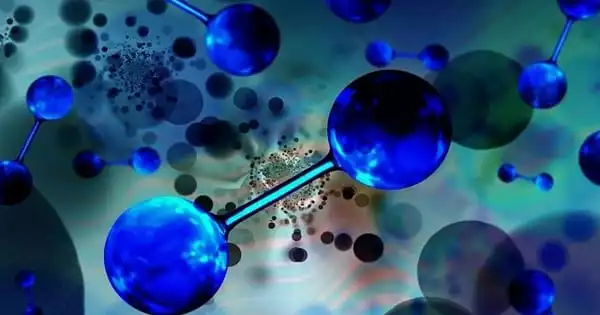Processes or apparatus for producing fuel gases without pyrolysis by carburetting air or other gases, including managing supply of air or liquid, temperature, humidity, and other conditions. In contrast to natural gas, producer gas is fuel gas produced from materials such as coal. It can be made from a variety of fuels through partial combustion with air, which is frequently changed by the injection of water or steam to maintain a consistent temperature and generate a greater heat content gas by enriching air gas with hydrogen.
Metal refining, fertilizer production, and heavy vehicle fuel cells are all operations that require purified hydrogen. However, purifying or extracting that hydrogen from a mixture of other gases can be challenging and time-consuming. A team led by Chris Arges, associate professor of chemical engineering at Penn State, revealed that the process can be sped up by employing a pump outfitted with newly discovered membrane materials.
The researchers employed an electrochemical hydrogen pump to separate and compress hydrogen, achieving an 85 percent recovery rate from syngas fuel gas mixes and a 98.8 percent recovery rate from traditional water gas shift reactor exit stream – the highest value ever recorded. The team described their strategy in ACS Energy Letters.
According to Arges, traditional methods for hydrogen separation use a water gas shift reactor, which requires an extra step. The water gas shift reactor first transforms carbon monoxide to carbon dioxide, which is subsequently separated from the hydrogen via absorption. The purified hydrogen is then compressed with a compressor for immediate consumption or storage.
The binder is useful for producing a mechanically robust, porous electrode that allows gas movement so that hydrogen can react on the electrocatalyst surface while also shuttling protons to and from the membrane.
Chris Arges
The solution, according to Arges, is to use high-temperature, proton-selective polymer electrolyte membranes, or PEMs, which can swiftly and cost-effectively extract hydrogen from carbon dioxide, carbon monoxide, and other gas molecules. The electrochemical pump, which uses PEM and other novel materials invented by Arges, is more efficient than traditional methods since it separates and compresses hydrogen from gas mixtures at the same time. It can also work at temperatures ranging from 200 to 250 degrees Celsius, which is 20 to 70 degrees higher than other high-temperature-PEM-type electrochemical pumps, enhancing its ability to separate hydrogen from undesirable gasses.
“This is an efficient and possibly cost-effective method of purifying hydrogen, particularly when there is a high carbon monoxide component,” Arges added. “No one has ever purified hydrogen to this extent using an electrochemical hydrogen pump with a gas feed that contained more than 3% carbon monoxide, and we achieved it with mixtures containing up to 40% carbon monoxide by using a relatively new class of high-temperature PEM and electrode ionomer binder materials.”

Arges’ team produced an electrode “sandwich” in which electrodes with opposing charges constitute the “bread” and the membrane is the “deli meat.” The electrode ionomer binder ingredients, like the gluten in bread, are intended to keep the electrodes together.
The positively charged electrode, or bread slice, in the pump breaks down the hydrogen into two protons and two electrons. The protons move through the membrane, or deli meat, while the electrons travel through the pump externally via a wire that hits the positively charged electrode. The protons then pass across the membrane to the negatively charged electrode, where they recombine with the electrons to produce hydrogen again.
According to Arges, the PEM operates by allowing protons to pass through but blocking bigger molecules such as carbon monoxide, carbon dioxide, methane, and nitrogen from passing through. Arges and his colleagues developed a particular phosphonic acid ionomer binder that functions as an adhesive to keep the electrode particles together in the hydrogen pump.
“The binder is useful for producing a mechanically robust, porous electrode that allows gas movement so that hydrogen can react on the electrocatalyst surface while also shuttling protons to and from the membrane,” Arges explained.
The researchers intend to look at how their technique and instruments can help purify hydrogen contained in current natural gas pipelines. According to Arges, distributing and storing hydrogen in this manner has never been accomplished, but it is of considerable interest. He explained how hydrogen may be used to generate electricity via a fuel cell or turbine generator to support solar or wind energy-based systems, as well as a number of more sustainable applications.
“The difficulty is that hydrogen must be held in the pipeline at low percentages – less than 5% – because it can deteriorate the pipeline, while end-use applications demand more than 99 percent pure hydrogen,” Arges explained.





